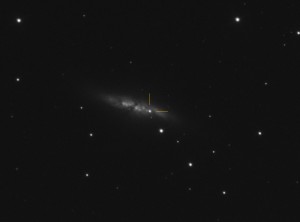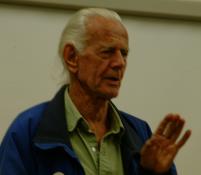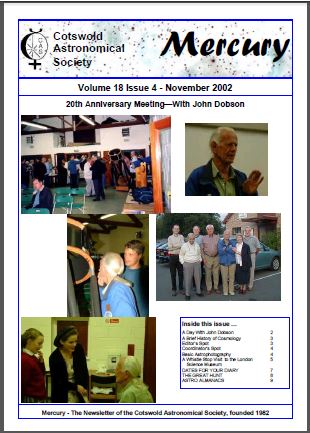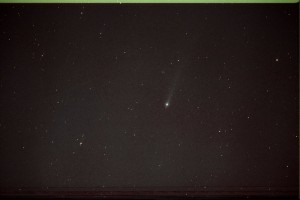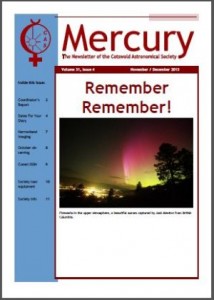
There is now a gallery showing the submissions for this years Dan Turton trophy competition for the best astro-image considering the equipment available for use.
You can view all the images here.
If you want to submit an image email Peter Cadogan & copy Callum Potter for the gallery.
If you yourself will not be attending the AGM, please check the web site before the 12th April and email Peter Cadogan your vote, so that it may be included in the count.

 C
C The March/April issue of the society magazine Mercury is now available for members to download from the
The March/April issue of the society magazine Mercury is now available for members to download from the 